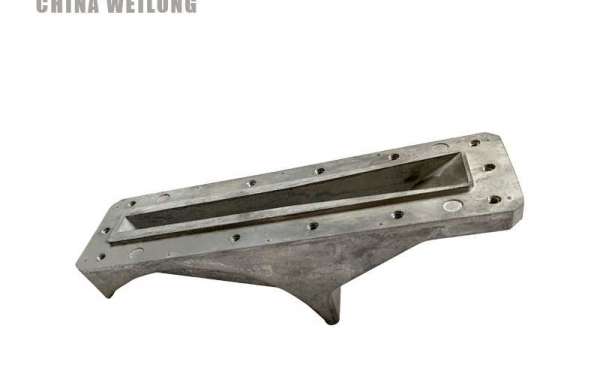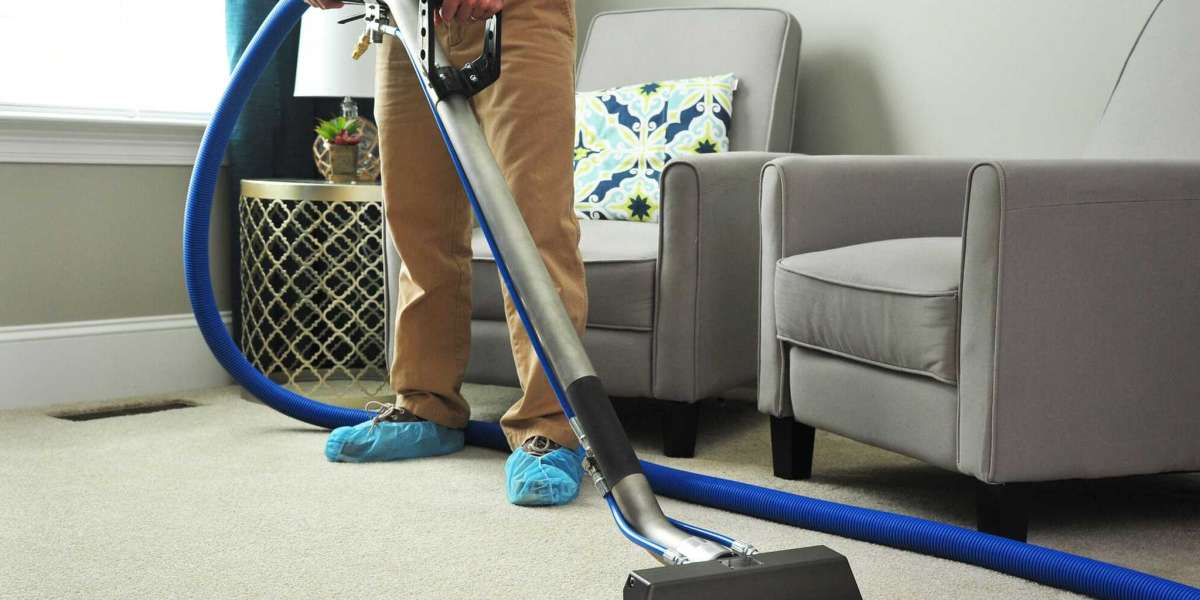I believe that when contacting zinc die casting parts, everyone will more or less encounter some common phenomena such as blowholes and hot cracks. So, are there any better solutions for these phenomena? Let's take a look together below.
The key to controlling the generation of pores is to reduce the amount of gas mixed into the casting. The ideal metal flow should continue to accelerate from the nozzle through the split cone and runner into the cavity to form a smooth and consistent metal flow, using a tapered runner The design, that is, the pouring flow should be gradually reduced from the nozzle to the gate at an accelerated rate, which can achieve this goal. In the filling system, the mixed gas forms pores due to the mixing of turbulent flow and the liquid phase of the metal. From the study of the simulated die-casting process in which the molten metal enters the cavity from the casting system, it is obvious that the sharp transition position and the incremental casting in the runner The cross-sectional area of the channel will cause the molten metal flow to appear turbulent and entrain gas, and the stable molten metal is conducive to the gas entering the overflow groove and exhaust groove from the runner and the cavity, and is discharged out of the mold.
For shrinkage cavity: make all parts of the die-casting solidification process at the same time as possible to uniformly dissipate heat and solidify at the same time. Reasonable nozzle design, inner gate thickness and position, mold design, mold temperature control and cooling can be used to avoid shrinkage.
For the phenomenon of intergranular corrosion: mainly to control the content of harmful impurities in the alloy raw materials, especially lead<0.003%. Pay attention to the impurity elements brought by the waste.
For water lines and cold partition lines, increase the mold temperature, increase the speed of the inner gate, or increase the overflow groove in the cold partition area to reduce the appearance of cold partition lines.
For hot cracks: do not change the thickness of the die casting sharply to reduce stress; adjust the relevant die casting process parameters; reduce the mold temperature.
In fact, whether it is zinc die casting or lead die casting or other alloy die-casting, we will have problems from afar, but we must be careful when encountering problems, do not panic, and use the best state to deal with the problem.






